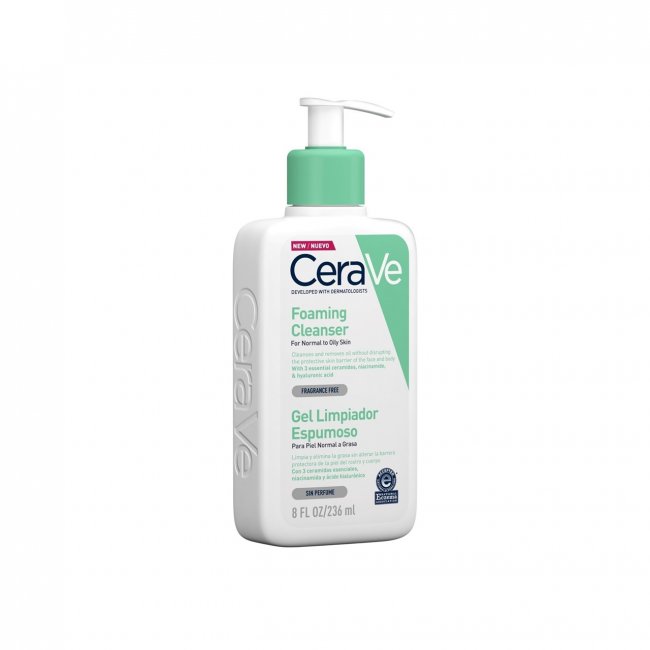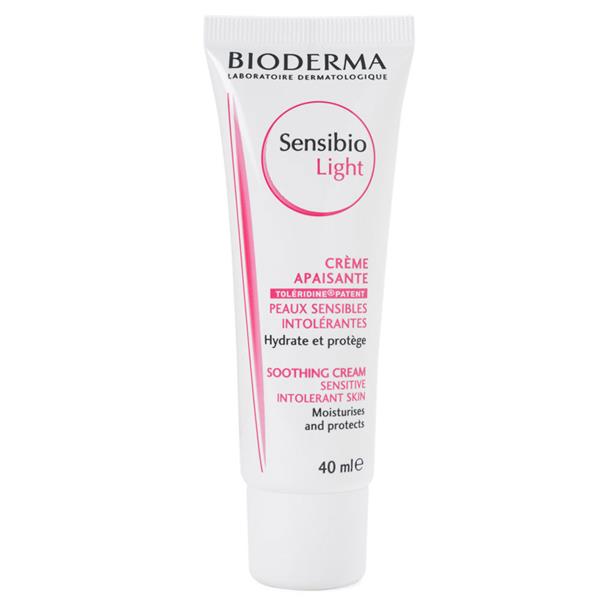Knowing your skin type is a cornerstone of your skincare. You need to know what kind of skin you have to understand its needs. If you use the wrong products for a prolonged time, you can cause damage to your skin. Like I did.
I always thought my skin type was oily because I had acne, but it’s actually sensitive. And since I changed my skincare product from targeting oily skin to being suitable for sensitive skin, it’s getting much better.
Wait and observe method
This one is pretty obvious. To find your skin type, you need to wash your face with a mild cleanser and wait around 30 minutes. After 30 minutes, look at your skin and observe what you see. If you notice any oiliness, your skin is oily.
If you feel tightness and itchiness, especially if you smile or make some other expression, you have dry skin.
Oily skin only in some places (usually in areas like the forehead, nose, and chin), points out to combination skin.
And if you feel perfectly comfortable in your skin, don’t feel any tightness and don’t notice oiliness, congratulations, you have normal skin.
Lastly, if you see any redness (in any area of your face), you likely have sensitive skin. It can still be oily or dry but also sensitive.

Blotting sheet method
Similarly, this method also starts by washing your face with a mild cleanser. Wait about twenty minutes and gently press a blotting sheet onto your face. The amount of oil it picks up will determine your skin type.
If the blotting sheet picks up no oily or very little oil, you have dry skin.
Oil mark in a T shape (forehead, nose, chin) shows a combination skin type.
Blotting sheet saturated in oil means you have an oily skin type.
Normal skin will show a little bit of oil residue, but nothing too extreme.
Lastly, again, you won’t see redness on the blotting sheet. So whatever amount of oiliness you have, if you also have redness, your skin is sensitive.
Skin types
There are five skin types:
- dry skin
- normal skin
- combination skin
- oily skin
- sensitive skin
Dry skin type
Signs: You can easily notice dry skin by the feeling of tightness and itchiness. Also, there can be some flakiness and dullness. It can get irritated if not soothed and show signs of ageing earlier due to lack of moisture.
There is a difference between dehydrated and dry skin, so be aware of that. In short, dehydrated skin lacks hydration (water), and dry skin lacks moisture (lipids).
Related post: Dry skin vs. dehydrated – how to tell the difference
Tips: Dry skin is screaming for moisture. So apply moisturiser a few times a day and drink enough water because it needs moisture from the inside as well. Consider taking an omega-3 supplement as well. It can help with lubrication from the inside out. Also, use gentle cleansers that won’t strip your skin.
Moisturiser recommendation for dry skin:

Normal skin type
Signs: Alongside having little to no breakouts, normal skin won’t have any redness either. Also, normal skin is firm and has a smooth texture. As far as the oiliness goes, it’s neither oily nor dry, just a perfect balance.
Tips: If your skin type is normal, consider yourself lucky. Because normal skin type usually doesn’t have too many concerns, it’s relatively easy to take care of it. Ensure you are protecting it with SPF daily and also moisturising it enough. You can play around and try different ingredients to see what works best for your skin.
SPF recommendation for normal skin type:

Combination skin type
Signs: Combination skin has characteristics of both dry and oily skin. It usually has dry cheeks and an oily T-zone. But that’s not the rule. As long as you have some dry/normal parts of your skin and some oily parts, you can say your skin is a combination skin type.
Tips: You can try some balancing creams, but ideally, you would need two types, a specific moisturiser for dry parts and another one for oily. Also, avoid harsh alcohol (alcohol denat/SD alcohol) in your products. It will only create more imbalance in your skin. Include gentle exfoliation in your routine once or twice a week as well.
Cleanser recommendation for combination skin type:

Oily skin type
Signs: The primary indicator is a nice glow. But I’m sure people with oily skin don’t consider it nice. Oily skin produces too much sebum and can often have clogged pores and breakouts. Oily skin usually has an uneven texture and enlarged pores. If you have oily skin, you might also find that your makeup doesn’t stay put for very long.
Tips: Oily skin still needs moisture, so make sure you’re using a moisturiser, preferably an oil-free one. Avoid mattifying products as they are usually full of harsh alcohol (not all of them – check the ingredients). Go for a non-comedogenic moisturiser instead. The only way you can balance out oil production is by moisturising the skin from the outside. So it doesn’t have to produce more oil from the inside.
Moisturiser recommendation for oily skin:

Sensitive skin
Signs: Redness and sometimes heat or burning sensation are the main signs of sensitive skin. It can still have some of the indicators of other skin types, but it also has sensitivity. It can have patches of dry, flaky skin and bumps and rashes. Also, it often reacts to products or fragrances.
Tips: Be careful! Always do a patch test before introducing a new product. Again, avoid harsh alcohol but also avoid fragrances. Look for products with calming and soothing properties. Try and figure out your triggers and then avoid products with those ingredients.
Moisturiser recommendation for sensitive skin type:

Conclusion
Every skin is unique and requires an individual approach. No one can tell you what to use to miraculously fix your concerns. But you can get advice and then play a game called trial and error and find the very best products for your skin type. Just make sure you give your products a chance. Give them about a month to see if they work for you, except if you get an unwanted reaction. Then discontinue use immediately.